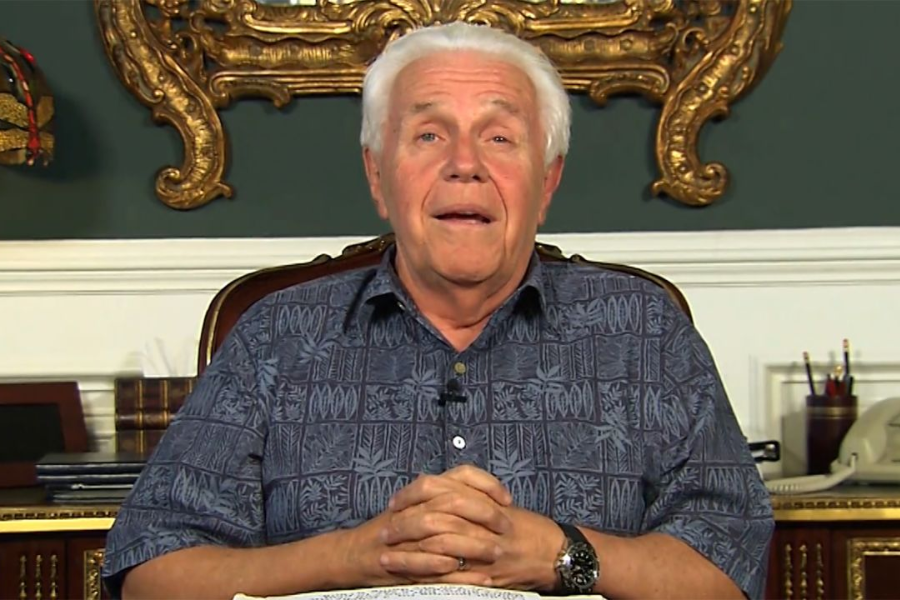Introduction to Church of the Highlands
Church of the Highlands has become a household name in the realm of mega churches. With its rapid growth and vibrant community, it draws thousands every weekend. But what lies beneath this polished exterior? Many are curious about its practices, beliefs, and how it operates behind closed doors. Is it truly a spiritual haven or something more complex? Join us as we dive deep into the world of Church of the Highlands, exposing truths that might surprise you along the way. From its history to firsthand accounts from former members, we’re here to unravel everything you need to know about this influential institution. Buckle up; it’s going to be an enlightening journey!
History and Growth of the Church
The Church of the Highlands began in 2001, founded by Chris Hodges and a small group of believers. It started with just a handful of attendees meeting in a rented school auditorium.
Over the years, it grew exponentially. The church quickly transitioned from that modest beginning to becoming one of Alabama’s largest congregations. By embracing contemporary worship styles and innovative outreach programs, they captured the attention of many seekers.
In just two decades, they expanded into multiple campuses across Alabama and beyond. Each location draws crowds eager for connection and spiritual growth.
Their emphasis on community engagement set them apart from traditional churches. This approach allowed them to not only grow numerically but also foster deep relationships among members.
As the church flourished, its influence spread far beyond local boundaries, echoing through various regions as a model for modern mega-churches everywhere.

Controversies and Criticisms
The Church of the Highlands has faced its share of controversies. Critics often point to its rapid growth and massive congregations as a red flag. They question whether the church prioritizes numbers over genuine spiritual connection.
Another area of concern involves financial transparency. Allegations have surfaced regarding how donations are allocated. Skeptics wonder if funds are properly utilized for community outreach or mainly support the church’s expansive operations.
Additionally, some former members cite issues with leadership style, claiming it can be authoritarian. This dynamic raises questions about individual autonomy within such a large institution.
The church’s stance on social topics also invites scrutiny. Detractors believe that it’s out of touch with contemporary societal values, creating an impression that it caters only to certain demographics while alienating others.
Such criticisms highlight a complex picture behind this mega church’s polished exterior.
Inside Look at the Church’s Operations
The Church of the Highlands operates like a finely tuned machine. Each campus runs smoothly, with extensive planning behind every event and service. Volunteers play a crucial role, working diligently to create an inviting atmosphere.
Worship services feature high-energy music, captivating visuals, and dynamic speakers. This carefully curated experience draws in attendees from all walks of life. The church leverages technology for live streaming and social media engagement, making it accessible beyond physical walls.
Small groups are at the heart of community building within the church. Members gather weekly to foster deeper connections and spiritual growth. Resources are provided to facilitate discussions that resonate on personal levels.
Behind the scenes, financial operations are meticulously managed. Transparency is emphasized through regular updates on donations and expenditures to maintain trust among congregants. Every aspect reflects an intention to connect believers while fostering growth in faith and numbers.
Testimonies from Former Members
Former members of the Church of the Highlands often share diverse experiences that paint a complex picture. Some express gratitude for their spiritual journey and personal growth. They credit the church with providing community and support during pivotal life moments.
However, not all testimonies are positive. A number of ex-members voice concerns about emotional manipulation within sermons. They describe feeling pressured to conform to specific beliefs or behaviors, leading to disillusionment.
Several individuals report struggles in reintegrating into mainstream society after leaving. The intense focus on church culture can create an echo chamber, making it difficult to engage with differing viewpoints.
These contrasting stories offer insight into the inner workings of this mega-church and highlight how deeply personal faith journeys can vary within communal settings. Each narrative adds depth to understanding what it means to be part of such a large congregation.
Response from Church of the Highlands
The Church of the Highlands has addressed various criticisms head-on. They emphasize their commitment to community and outreach, stating that their mission is to spread positivity and hope.
Church leaders assert that many claims against them lack context or understanding. They often highlight testimonials from current members who cite life-changing experiences as evidence of the church’s impact.
In response to financial transparency concerns, they have published detailed reports on how donations are utilized. This openness aims to reassure skeptics about where their money goes.
Moreover, the church encourages dialogue with former members. They believe conversations can lead to healing and understanding for all involved.
Their leadership continues to invite questions while urging critics not to overlook the positive transformations happening daily within their congregation.
Conclusion: Is the Church of the Highlands All That It Claims to Be?
The Church of the Highlands has emerged as a powerhouse in the world of mega churches. With its impressive growth and extensive reach, it attracts thousands every week. Yet, behind the grandeur lies a mix of controversies and criticisms that cannot be ignored.
Former members have shared their experiences, shedding light on aspects that some might consider troubling. These testimonies often contrast sharply with the church’s polished public image. While many find hope within its walls, others question practices and teachings they once embraced.
The church’s operations reveal a complex structure designed for efficiency but also raise eyebrows regarding transparency. Critics have pointed out issues related to finances, leadership accountability, and community engagement.
As you navigate through this intricate landscape, it’s crucial to weigh both sides: the uplifting messages that bring comfort to many versus valid concerns raised by those who walked away disillusioned.
Is the Church of the Highlands all that it claims to be? The answer may depend on personal perspectives and experiences. For some, it embodies faith and fellowship; for others, it reveals challenges worth addressing. Only time will tell how these dynamics evolve in such a rapidly changing environment.









